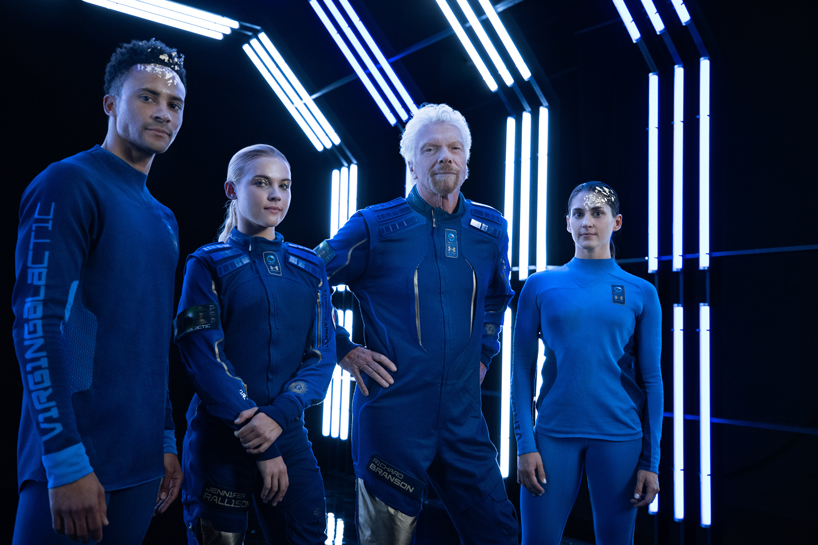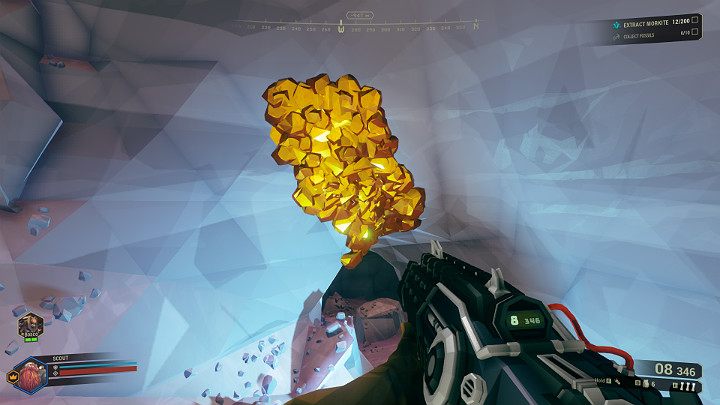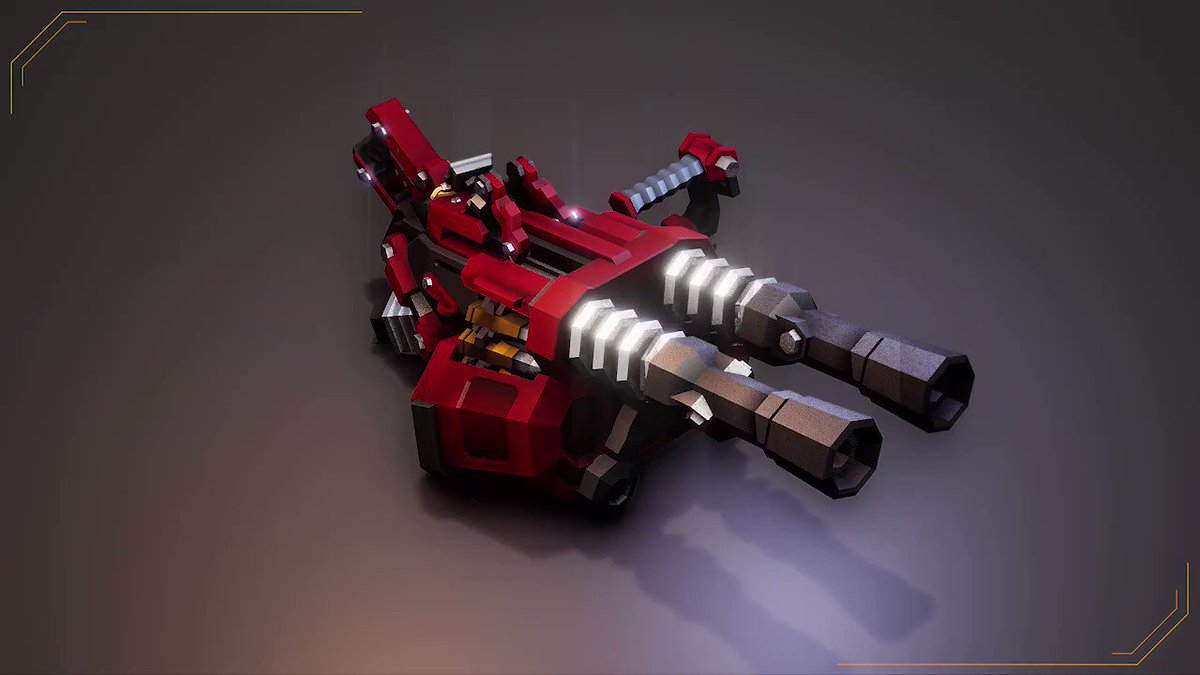
Although there was not a direct data correlation between the helmet testing and the CFD modeling, the testing data showed trends that are very similar to the CFD modeling. Helmet testing was performed at the National Institute of Occupational Safety and Health (NIOSH) in Pittsburgh, Pennsylvania, to provide a gross-level validation of the CFD models. The analysis included computational fluid dynamic (CFD) modeling cases, which modeled the air flow and breathing characteristics of a human wearing suit helmets. An analysis was performed to validate the 4.5 acfm value and to determine if adequate CO2 washout can be achieved with the new suit helmet design concepts. However, this value appears very risky for high metabolic rates, hence the need for further analysis and testing. A group of subject matter experts (SM Es) among the EVA Systems community came to an early consensus that 4.5 acfm may be acceptable for low metabolic rate activities. For CxP, the Orion vehicle will provide 4.5 acfm of air flow to the suit. Historically, space suits receive 6.0 actual cubic feet per minute (acfm) of air flow, which has adequately washed out CO2 for EVAs. During design development for NASA s Constellation Program (CxP), conflicting requirements arose between the volume of air flow that the new Orion manned space vehicle is allocated to provide to the suited crewmember and the amount of air required to achieve CO2 washout in a space suit. In addition to general discomfort, these ailments can impair an astronaut s ability to perform mission-critical tasks ranging from flying the space vehicle to performing lunar extravehicular activities (EVAs). Inadequate washout of gases can result in diminished mental/cognitive abilities as well as headaches and light headedness. Space suit carbon dioxide (CO2) washout refers to the removal of CO2 gas from the oral-nasal area of a suited astronaut's (or crewmember's) helmet using the suit's ventilation system. Navarro, Moses Conger, Bruce Sargusingh, Miriam M. Space Suit CO2 Washout During Intravehicular ActivityĪugustine, Phillip M.

It provides versitility in combination with improved sealing and increased mobility for internal pressures suitable for life support in the near vacuum of outer space. The pressure garment comprises an inner convoluted sealing bladder and outer fabric restraint to which are attached a plurality of cable restraint assemblies. It comprises an integrated assembly of inner comfort liner, intermediate pressure garment, and outer thermal protective garment with removable helmet, and gloves. The suit is designed for astronauts in the Apollo space program and may be worn both inside and outside a space vehicle, as well as on the lunar surface. (Inventor)Ī pressure suit for high altitude flights, particularly space missions is reported.
#DEEP SPACE GALACTIC GUNNER SUITS SIMULATOR#
Marshall Space Flight Center, Neutral Buoyancy Simulator Facility, Rideout Road, Huntsville, Madison County, AL
#DEEP SPACE GALACTIC GUNNER SUITS DRIVER#
THREE GLOVES, HELMET, AND SCREW DRIVER TORQUE WRENCH FOR ASSEMBLY AND REPAIR OF BOTH. Library of Congress Historic Buildings Survey, Historic Engineering Record, Historic Landscapes SurveyĢ1. This paper outlines the initial results and future plans of this work.Ģ1.


A new test rig will be built to test the results of the CFD analyses and validate the collection cup designs. This same model will be used to numerically evaluate several different collection cup designs for this same CO2 segregation effort. The CFD code, Fluent, provides modeling of the various gas species (CO2, water vapor, and oxygen (O2)) as they pass through a helmet. Instead, the collection cup is a non-contact device that will be designed using a detailed Computational Fluid Dynamic (CFD) analysis of the ventilation flow environment within the helmet. It is well known that most members of the astronaut corps view a mask as a serious deficiency in any space suit helmet design. The collection cup concept is not the same as a breathing mask typical of that worn by firefighters and pilots. Specifically this research is looking at potential designs for a collection cup for use inside the space suit helmet. This research investigates methods to capture the concentrated CO2 gas stream prior to its dilution with the low pCO2 ventilation flow.

Typical expired breath contains CO2 partial pressures (pCO2) in the range of 20-35 mm Hg. This project investigates methods to capture an astronaut's exhaled carbon dioxide (CO2) before it becomes diluted with the high volumetric oxygen flow present within a space suit. A New Method for Breath Capture Inside a Space Suit Helmetįilburn, Tom Dolder, Craig Tufano, Brett Paul, Heather L.


 0 kommentar(er)
0 kommentar(er)
